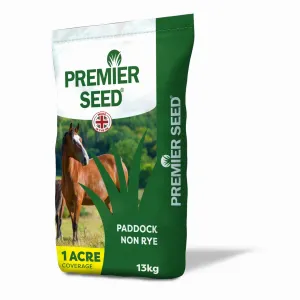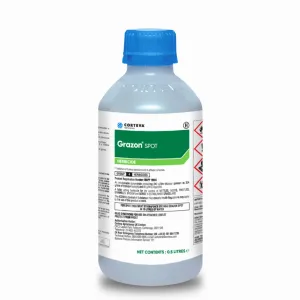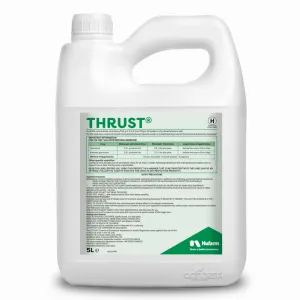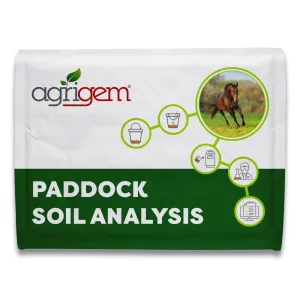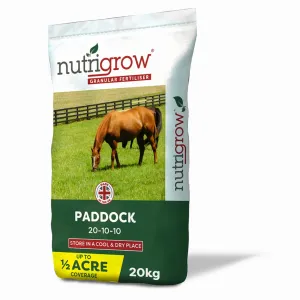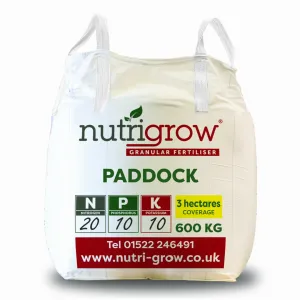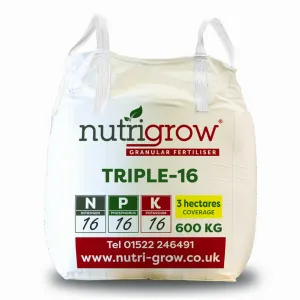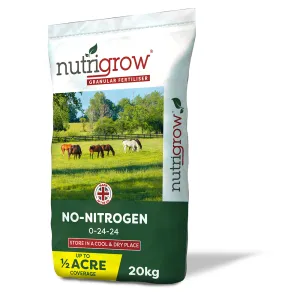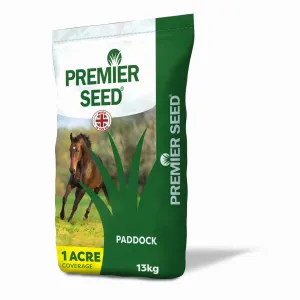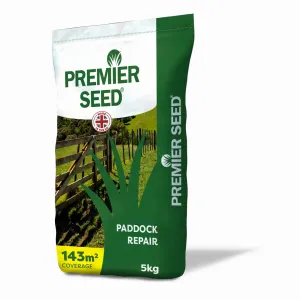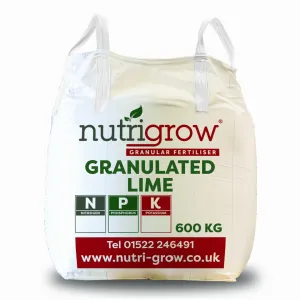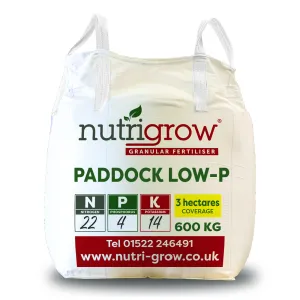Proper paddock and pasture management is crucial for maintaining healthy land, productive grazing, and the overall well-being of your livestock.
A well-maintained pasture ensures that your animals have access to quality forage year-round, while also preserving the land for future use.
Although spring is likely to be the busiest time in the pasture management calendar, there are plenty of tasks that need attention right through the year.
Here's a seasonal breakdown of essential pasture management tasks (note; this guide refers only to pasture management, not animal health or structural issues relating to fencing):
Spring (March-May)
Spring is a crucial time for pasture management and maintenance, as it sets the foundation for healthy grasslands throughout the year. Jobs for spring:
- Soil test. Early spring is a great time to test the soil for pH, nutrient levels, and any deficiencies that need to be corrected.
- Harrow and roll pasture to repair any winter damage and enhance water filtration.
- Apply fertiliser based on your soil test results to encourage grass growth and improve soil health. Consider using a slow-release nitrogen fertiliser to avoid lush growth that could lead to health problems in horses.
- Reseed bare patches when the ground is dry enough – focus on areas with high traffic such as gateways and fence lines. Keep horses off pastures until grass has grown to 5-6 inches.
- Begin implementing a rotation plan to prevent overgrazing.
- Begin weed control measures, especially for thistles, docks, and nettles.
- Manage grazing. Mow or top grass - if necessary, top the grass to maintain an ideal length, keeping it above 5cm to avoid stressing the grass.
- Maintain drainage. If you noticed water-logged areas over winter, consider using an aerator to improve drainage.
Summer (June-August)
In the summer months, pasture growth may slow down, and the risk of overgrazing increases as animals consume available forage. It’s essential therefore to manage grazing during this time to maintain pasture health.
- If you haven’t already started a rotation plan, implement this or strip grazing now to prevent overgrazing. Monitor grazing patterns and adjust rotations to ensure that no paddock is overgrazed. Grass should be kept at an appropriate height (around 3-4 inches).
- Continue weed control. Summer is a good time to spot-treat for weeds before they become problematic. Need product advice? Speak to our technical team.
- Mow pastures again if weeds are overtaking or if the grass is getting too tall and needs to be managed.
- Let paddocks that have been heavily grazed rest - especially as the heat sets in - allowing grass to recover.
- Remove manure from small paddocks or spread by harrowing.
- Top cut seed heads and overly long plant parts.
Autumn (September-November)
Autumn is a time for preparation and recovery, ensuring your pasture is ready for the winter months while also helping it benefit from late-season growth.
- Autumn is an excellent time to overseed pastures with winter grasses to provide grazing through the colder months. You can repair or patch bare areas in autumn too.
- Apply autumn fertiliser, especially if your soil test indicates deficiencies. Well formulated autumn fertilisers will help prepare pastures for the next growing season, but be aware of the impact of high nitrogen fertilisers as these may encourage lush grass growth which can pose a laminitis risk for some horses.
- Continue controlling weeds, especially before they set seed, as weeds can be more difficult to manage in spring if left unchecked.
- Allow pastures to recover by rotating livestock and reducing grazing pressure.
- Consider rolling and chain harrowing to repair poaching and tidy up paddocks before winter.
Winter (December-February)
During the winter months, pastures are typically dormant or not growing. However, this doesn’t mean you should neglect them – there are still jobs to be done in the colder months. Focus on the following:
- Remove manure from paddocks and pastures, especially in high-traffic areas, to prevent buildup that can negatively affect pasture health in the spring.
- Consider rotating livestock through different paddocks to allow pastures to rest and recover.
- Use this time to plan for the upcoming growing season. Consider reseeding areas that need it or looking into soil health improvements.
- Conduct soil tests to plan for spring fertilisation.
Need more pasture care advice? Head over to our Advice Centre and take a look at our paddock and pasture guides.




